2024 CRE Forecast: Is an Investment Comeback Ahead?
Expect a development slowdown, but some encouraging signs are beginning to rise from the capital markets.
The early lowdown on 2024 indicates reason for cautious optimism about investment potential, but also continuing concerns over capital costs, bond market volatility, lower valuations and maturing debt.
CRE investors received good news in mid-December when the Federal Reserve held interest rates at the current level, in a range from 5.25 to 5.5 percent, and indicated there could be three rate cuts in 2024. But interest rates are expected to remain elevated before those cuts begin later in the year.
High interest rates and related economic headwinds may hamper development for some property categories, notably industrial, because of the high cost of debt.
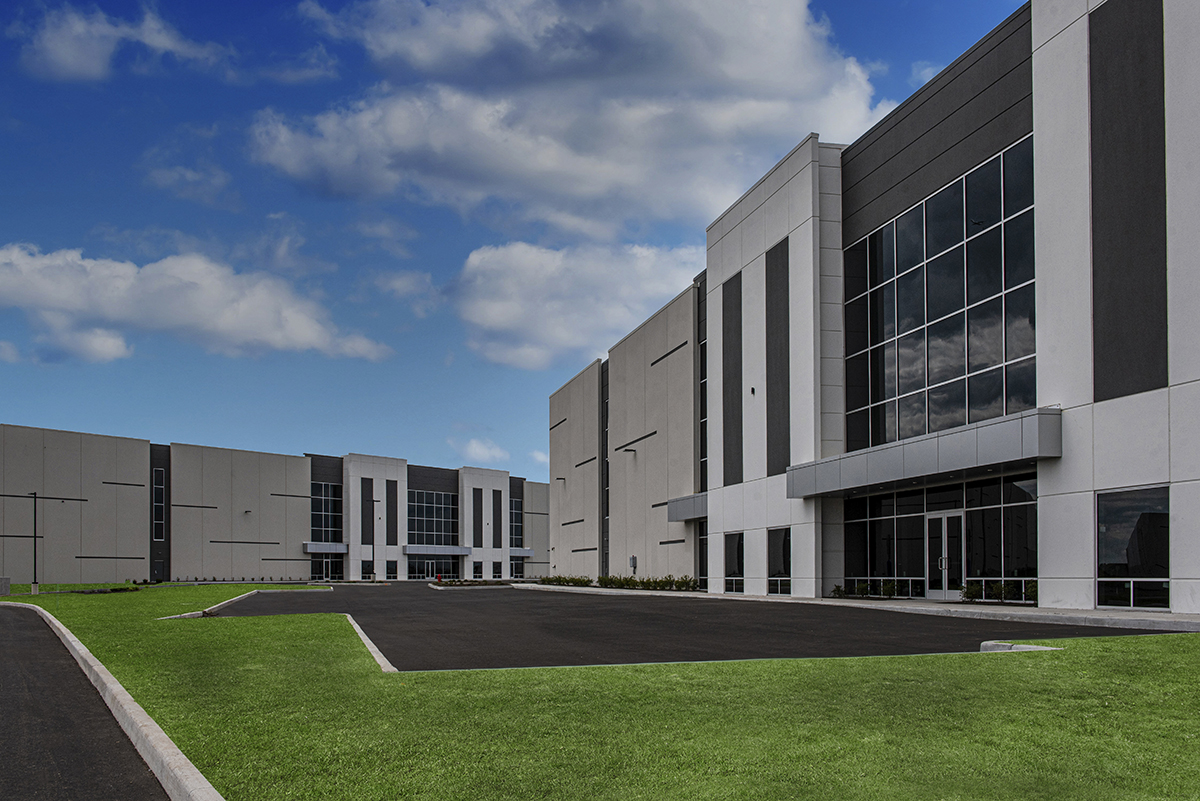
In recent months, funds advised by Crow Holdings Capital have broken ground on industrial developments on both coasts, and the firm intends to pursue opportunities for ground-up projects. Image courtesy of Crow Holdings Development
Crow Holdings, a Dallas-based privately-owned real estate investment and development firm, ended the year with several groundbreakings and deliveries for industrial properties, including a new 1.2 million-square-foot industrial campus in Carteret, N.J. But Chief Investment Officer Michael Hyun anticipates that 2024 development plans could be curtailed.
“There’s a lot of uncertainty, and that rate uncertainty is causing everyone to pause,” he said. “I think if they feel more confident about what the rate regime would look like in the next 24 to 36 months, then I think people would feel more confident in backing new industrial projects.”
Commercial banks, for example, are not getting the liquidity they had anticipated, and that will hamper their capacity to finance new development. “When you combine that with a higher interest rate environment at higher cap rates, it makes it harder to make the math work,” Hyun added. And as Newmark noted in its third-quarter capital markets report, the number of active lenders has dwindled 26 percent since peak market conditions.
The Mortgage Bankers Association’s year-over-year figure noted commercial and multifamily mortgage loan originations were down 49 percent. MBA also stated that originations decreased 7 percent from the second quarter to the third quarter of 2023.
Yet also of note, third-quarter volumes were more stable compared to the second quarter, noted Jamie Woodwell, MBA’s head of commercial real estate research. Industrial property deal volume and life company lending both showed an uptick in volume. Amid these continuing difficulties, some encouraging trends are beginning to emerge. MBA’s most recent forecast calls for a significant uptick in lending in 2024, to $220 billion from $157 billion in 2023. Of note, those estimates were made in early fall before the Fed put rate hikes on hold.
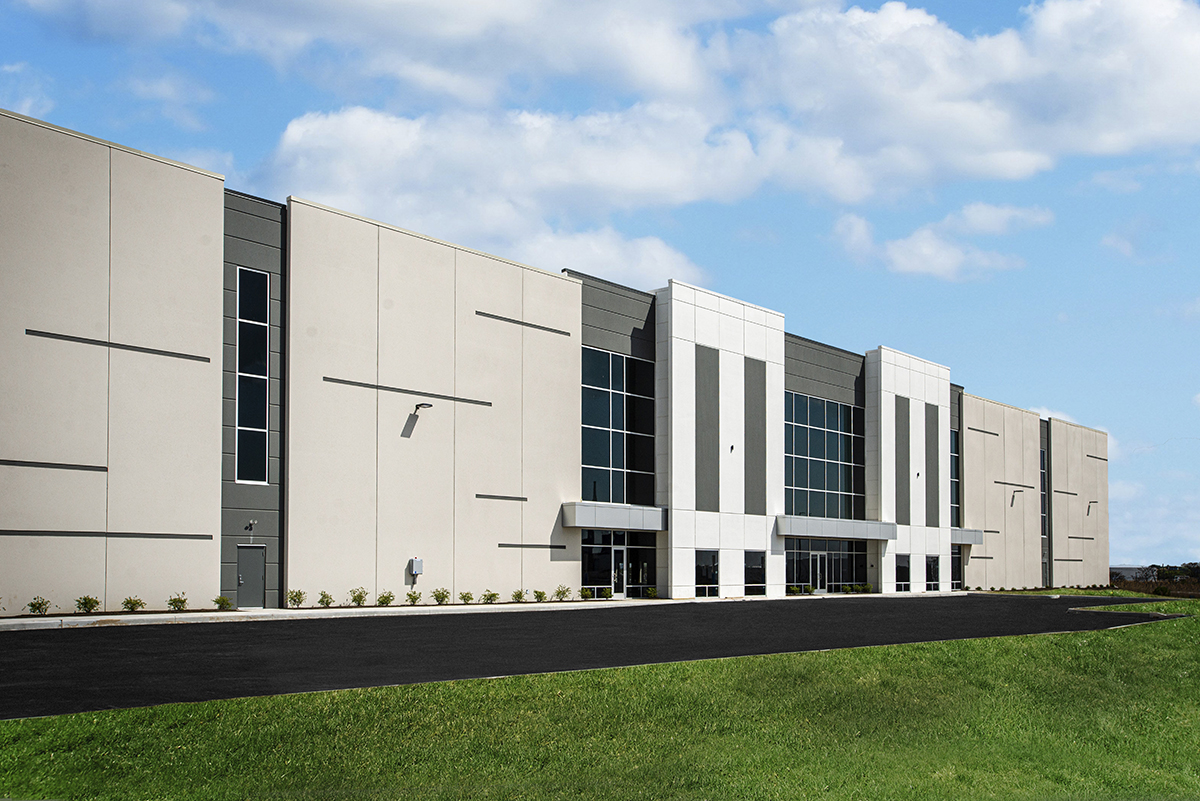
In October, Crow Holdings secured a 188,000-square-foot long-term lease with Weida Freight System as the first tenant at its 1.2 million-square-foot industrial campus in Carteret, N.J. Image by Erik Rank, courtesy of Crow Holdings Development
Specialty sectors
While conditions for investment and development will likely remain uneven for much of 2024, some specialty asset categories will be notably attractive for development and acquisition capital. Debt and equity is available for such categories as data centers, film and television production studios and life science, reported James Millon, president of U.S. debt and structured finance at CBRE.
To name one hot example, the data center sector is benefiting from artificial intelligence requirements and the adoption of cloud services, as a recent study from JLL observes. A supply-demand imbalance in primary markets as well as in some secondary markets is pushing pricing upward. In December, Blackstone and Digital Realty unveiled a $7 billion joint venture to build data centers in the U.S. and Europe. The initiative targets the largest providers of AI, online content and cloud services.
Institutional investors are also looking at other niches like cold storage, self storage, manufactured housing and student housing. Some investment managers have created products to provide LPs and other institutional investors with targeted access to the categories, said Andrew Alperstein, partner & leader with PwC’s U.S. real estate practice and a co-author of the 2024 Emerging Trends report.
“There’s a lot more data, a lot more transaction activity and a lot more capital looking at those property types as an alternative to office (and) some of the retail, and to really diversify out of industrial and multifamily, which have been pursued by almost everyone,” Alperstein said.
Some of those specialized assets have been good defensive plays, holding their value and providing steady cash flows, said Lee Menifee, head of Americas investment research at PGIM Real Estate. Niches such as self storage, manufactured housing, student housing and single-family rentals have become part of core residential portfolios for many institutional investors and he expects that to continue, he added.

Not that long ago, brick-and-mortar retail was widely regarded as commercial real estate’s weakest link. But in 2024, retail will be riding the wave of emergence as the most unlikely CRE darling in recent memory. Image courtesy of Crow Holdings
Retail renaissance
Not so long ago, brick-and-mortar retail widely regarded as commercial real estate’s weakest link, and some observers predicted its demise sooner rather than later. But in 2024, retail will be riding the wave of emergence as the most unlikely CRE darling in recent memory. The much-discussed factors: a post-pandemic surge in consumer spending, an economy that defied recession through 2023, and hybrid work models that allowed more frequent visits to retail centers.
Institutional investors are taking the cue. In May 2023, Crow Holdings Capital formed a $2.6 billion joint venture and retail real estate investment platform with a global institutional investor to acquire additional small-format open-air shopping centers. The JV’s acquisitions include The Shops at Sossaman, a 34,151-square-foot neighborhood shopping center in Mesa, Ariz.
“There’s been a very low supply as a result of the negative sentiment around it and tenants are chasing population movement out to the suburbs, so occupancy is very strong,” Hyun said.
Sales at Olshan Properties’ retail centers have been up significantly since 2019 “almost all across the board,” reported Zachary Bornstein, president of the New York City-based firm, and the firm is investing heavily to modernize the properties. “I believe for 2024 we’re going to have a very heavy capital program just like we did in 2023,” he said.
Another bonus for retail – Alperstein said pricing never got as aggressive as other property types.
In fact, CBRE’s Millon noted that for the “right kind of experiential retail and certainly grocery-anchored retail we’re seeing healthy trading activities there from a cap rate perspective and also from a financing perspective.”
Office dilemmas
However, Emerging Trends also notes that 2023 office sales were down twice as much as other major property types. Office assets represent a significant share of the more than $1 trillion in commercial real estate loans that are coming due in 2024 and 2025. Some of that distress comes from a workforce that has become increasingly more hybrid since the pandemic. But the pandemic also highlighted another office sector trend—the flight to quality.
“It’s very clear if you look at the data there is a large bifurcation in the market. The better quality, highly amenitized office buildings, whether it’s in New York or Boston, are doing extremely well with record rents and plenty of demand,” said Alperstein. “A lot of product is going to struggle and it’s going to be asset-by-asset determination as to how those materialize.”
He estimated that the transition will take at least 10 years as markets work through obsolete product and determine what can be repurposed.
Meanwhile, tenants are often taking less space than in the past and subleasing is rising in some markets. Emerging Trends reports that office values are down an average of 30 to 40 percent and as much as 70 percent in some locations. But in the increasingly bifurcated office market, not all the news is bad. Cushman & Wakefield reported that 52 percent of the 50,000 office buildings it tracks nationally are fully leased and 90 percent have no sublease space. And while vacancy has increased at 38 percent of office properties, 20 percent have recorded decreases.
Extra credit
We did not see a tremendous number of distressed properties in 2023 but that may change this year as an estimated $1.2 trillion to $1.3 trillion in debt matures. Some owners may end up turning in their keys—another 2023 holdover trend—but a larger number will be seeking to refinance or recapitalize their properties.
At least two-thirds of the maturing debt will need to be recapitalized with capital, preferred equity or new loans, said PGIM’s Menifee. Since most of the maturing debt will be in sectors with much stronger fundamentals than office, Menifee said the credit market provides an attractive, lower-risk opportunity because the real estate is operating at a very high level.
Olshan also plans to enter the lending arena in 2024. “If we could provide that [refinancing] for people at a cheaper rate than 20 percent, I think people would take it all day long,” Bornstein said. “So, it will be something we focus on,” he said.
Shlomo Chopp, an investor and workout specialist, launched Terra Strategies in 2023 to invest in distressed CMBS. Firms focusing on debt strategies should be busy in 2024, he predicts.
“They’re looking for ways to make some deals and get some yield,” Chopp said.


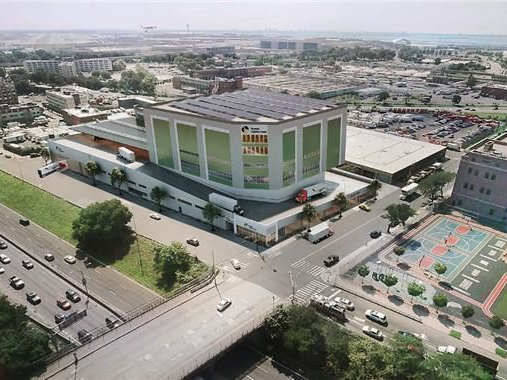


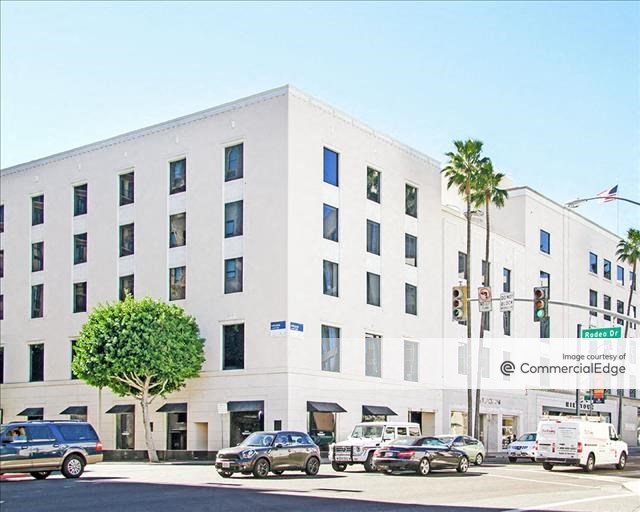

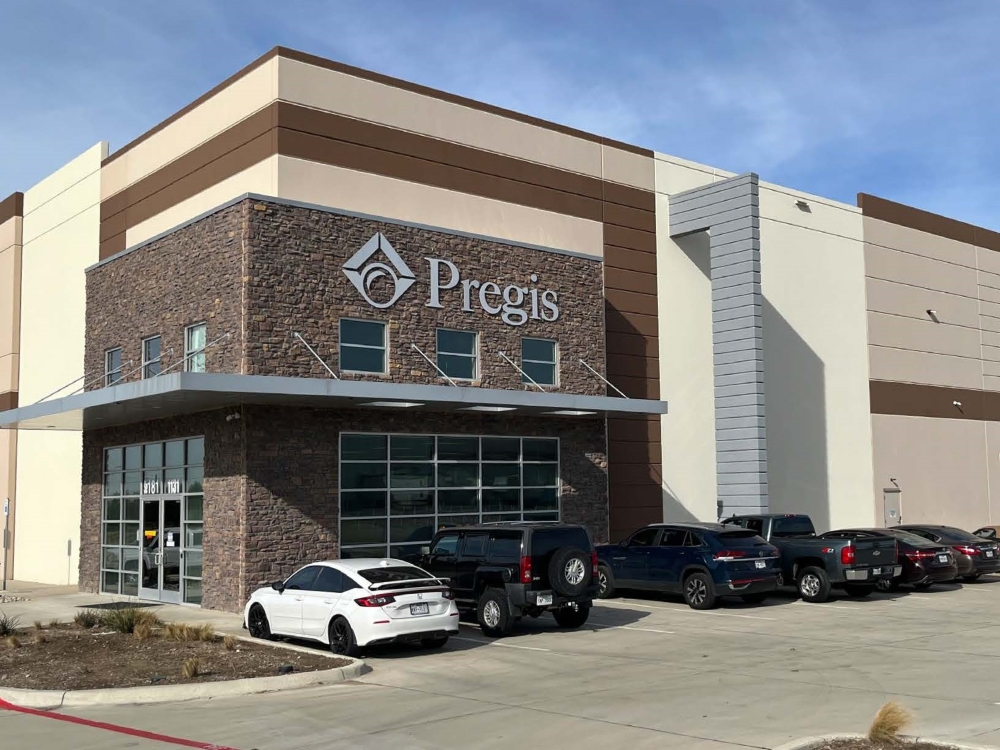
You must be logged in to post a comment.